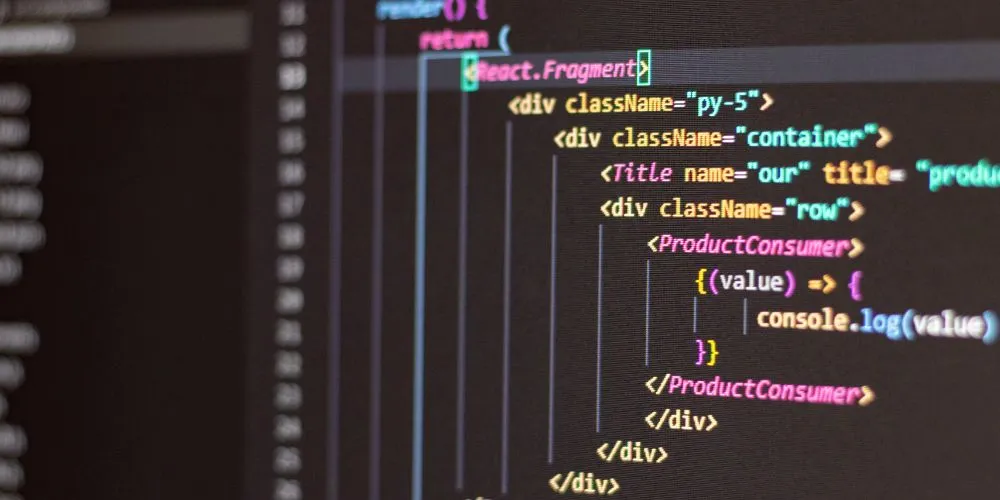Web development, once a niche field, has become a cornerstone of the digital era. In the dynamic landscape of the internet, where websites and applications shape our online experiences, web development is the driving force behind innovation. The field has evolved remarkably from the early days of static HTML pages to the advent of dynamic and responsive web applications. Today, web development is a technical endeavor and an art form that intertwines creativity, functionality, and user experience.
Frontend Development
Frontend development is the visual and interactive web development that directly affects users’ experience. It involves translating design concepts into responsive, user-friendly interfaces using technologies like HTML, CSS, and JavaScript. The evolution of frontend frameworks, such as React and Vue, has revolutionized how developers approach user interface design. The focus has shifted from static pages to dynamic, interactive web applications that seamlessly adapt to various devices and screen sizes.
Backend Development
While frontend development shapes the user interface, backend development powers the functionality and logic that make web applications tick. Technologies like Node.js, Django, and Ruby on Rails enable developers to build robust, scalable, and secure server-side architectures. The rise of serverless computing has further streamlined backend development, helping developers to focus on building features without the complexities of managing servers.
Full-Stack Development
Full-stack developers navigate both frontend and backend realms, seamlessly integrating the user interface with server-side functionality. This holistic approach offers a comprehensive understanding of the entire web development process. Full-stack frameworks like MEAN (MongoDB, Express.js, AngularJS, Node.js) and MERN (MongoDB, Express.js, React, Node.js) exemplify the convergence of technologies that empower developers to create end-to-end solutions.
Progressive Web Apps (PWAs) and Beyond
The future of web development is marked by innovations like Progressive Web Apps (PWAs), combining the best web and mobile applications. PWAs deliver a seamless and engaging user experience, even offline, blurring the lines between traditional websites and native applications. As technologies like WebAssembly mature, the capabilities of web applications will extend further, enabling complex computations and high-performance experiences in the browser.
Conclusion
The evolution of web development mirrors the rapid transformation of our digital landscape. From static pages to dynamic web applications and beyond, web development has driven digital innovation. As technologies advance, the boundaries between different facets of development blur, giving rise to versatile developers who can navigate the entire stack. In the dynamic realm of web development, the journey is ongoing, and the future promises even more exciting possibilities as we continue to shape the digital experiences of tomorrow.












